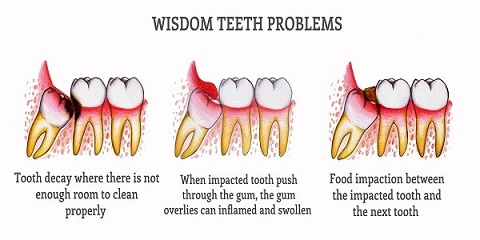How long does root canal recovery take? What is the recovery period for a root canal? What are the final steps in a root canal? What can I eat or drink after root canal treatment? A root canal is a treatment used to repair and save a tooth that is badly decayed or becomes infected.

During a root canal procedure , the nerve and pulp are removed and the inside of the tooth is cleaned and sealed. Without treatment , the tissue surrounding the tooth will become infected and abscesses may form. Although dreade anesthesia ensures patients can undergo a root canal without pain. Read about the factors that influence the cost of a root canal and what to expect during recovery. Each tooth has a crown, dentin, pulp, and one or more roots.
The crown is the part of your tooth that you can see. Dentin is hard tissue under the crown that surrounds the pulp. How a Root Canal is Performed: Step by Step Using a needle, the dentist administers local anesthesia to numb the tooth.

Your dentist will then use very small tools, such as a small drill,. Once the chamber is thoroughly cleaned and drie the endodontist will fill it. After a few weeks, your. Root canal dental clinic singapore can assist you with your healing process. You may be thinking about what you ought to eat after a root waterway.
Patients can eat when they feel prepare however it’s ideal to pick delicate nourishment. Maintain a strategic distance from crunchy or hard nourishments. The causes could be deep tooth decay, repeated dental procedures on one tooth (replacing a large filling, for example), or traumatic damage such as a crack, chip or even a root fracture. Root canal is a treatment to repair and save a badly damaged or infected tooth instead of removing it. Decades ago, root canal treatments often were painful.
All of these are the reasons root canal procedure has such a bad reputation. Of course, there are teeth that are very sensitive to any kind of treatment , not just the root canal one, and cases where dental care has been close to non-existent, causing a routine procedure so much more complicated. Root canal treatment (also known as endodontic therapy , endodontic treatment , or root canal therapy ) is a treatment sequence for the infected pulp of a tooth which in the elimination of infection and the protection of the decontaminated tooth from future microbial invasion. They will also need to place a temporary filling that seals the access cavity opening they have performed their work.
A root canal involves deep cleaning inside the canals (the inner chamber of the root) of your tooth, which can in turn irritate surrounding nerves and gums. The pain shouldn’t last forever. First of all – if you’re about to get a root canal procedure done, it most likely means your tooth is under some kind of infection – and it’s causing you pain on a scale from uncomfortable to completely and utterly unbearable. Root canal is the term we use to describe the natural cavity right in the center of our teeth, where usually nerves and the pulp are, also known as the soft tissue.
Endodontic ( Root Canal ) Treatment, Step By Step. Preliminary treatment to remove the decay and the source of infection of the pulp is necessary, along with a determination of whether the lost tooth structure can be restored. If a fracture of the tooth has reached the pulp, or infection is associated with gum disease, it could be more difficult,.
Usually only a few days, but there will probably be follow-up treatments to restore your tooth. To reduce any discomfort after a root canal procedure , it’s important to follow your post- procedure care advice—it will prevent complications and speed your recovery. Read on to find out what you can expect in terms of healing after your root canal procedure.
There may be some variation, but the process usually consists of these steps: The area will be numbed and the dentist will get access into the tooth through its back. A ‘ rubber-dam ‘ will be placed around the tooth to keep it dry during the procedure. The root canals must be cleane shaped.
The dentist then removes the pulp from the chamber and root canals using very small instruments. The endodontist fills the root canals with a rubber-like substance called gutta-percha. Consultation with a dental provider is required prior to treatment to determine if you’re a candidate for root canal therapy and the GentleWave Procedure.
No comments:
Post a Comment
Note: Only a member of this blog may post a comment.